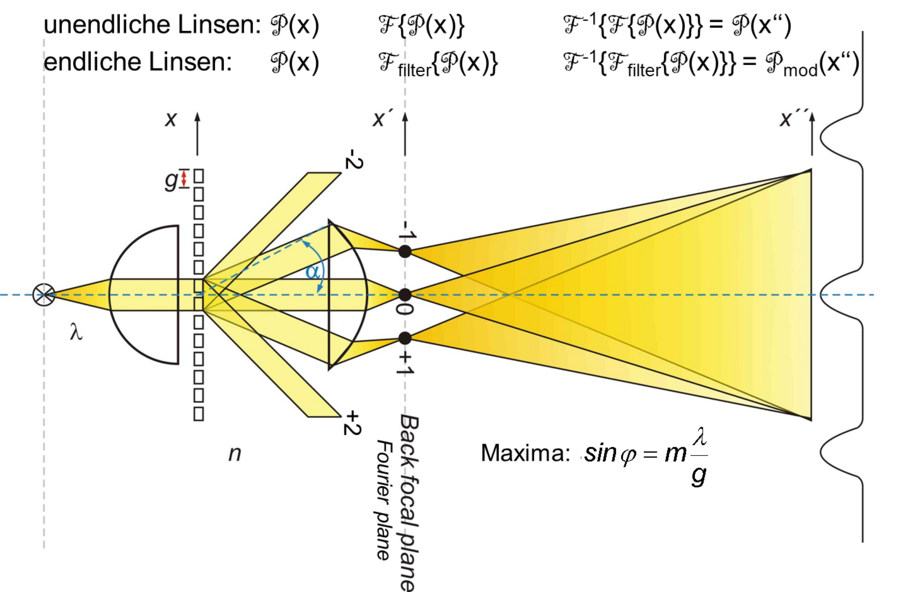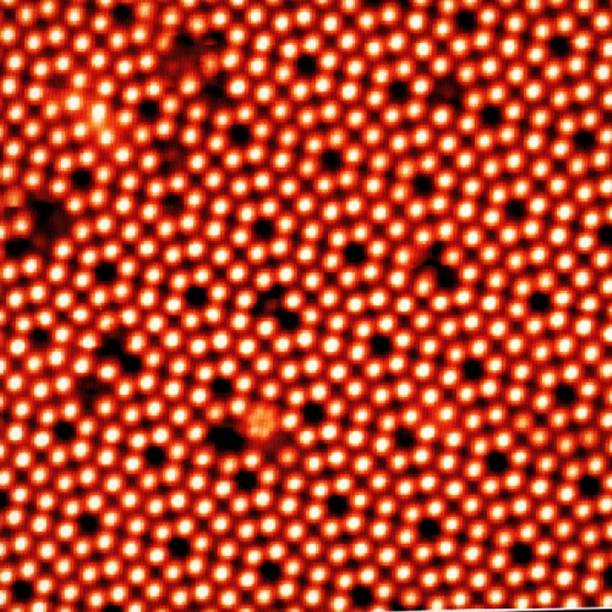Lectures
Attention
Interested students shall contact Prof. Schenk by email.
Microsystems technology has developed more than 30 years ago from microelectronics. From 1970, the first integrated silicon-based pressure sensors were presented which were based on the piezoresistive effect. These sensors are very widely used even today. The ability to extend the purely electronic functionality of a circuit in such a way that the component receives sensory abilities and, in addition to that, can actively influence his surroundings, had initiated an enormous activity in research and development in the following years, which has been steadily growing since. The distribution of MEMS (Micro-Electro-Mechanical System) devices is enormous. They can be found in every car and in increasing numbers in smartphones, e.g. in the form of microphones, inertial and pressure sensors.
The first part of the lecture deals with silicon technology-based processes and their properties for the production of microsystems technology components. These include coating production (for example oxidation, chemical vapor deposition), lithography for pattern transfer and the most important structuring processes (for example isotropic and anisotropic wet-chemical processes, deep reactive ion etching).
The main focus of the second part is on physically active principles on which the micro sensors and actuators are based. Special features on the micrometer scale (for example piezoelectric, piezoresistive, electrostatic and electromagnetic effects )are compared.
The third part gives a brief overview of common tools for the simulation of complex structures.
The focus of the fourth part lies on the principles and physical peculiarities of complex sensors and actuators. Here, the understanding of, for example, accelerometers and gyroscopes in consideration of signal readout and noise is deepened.
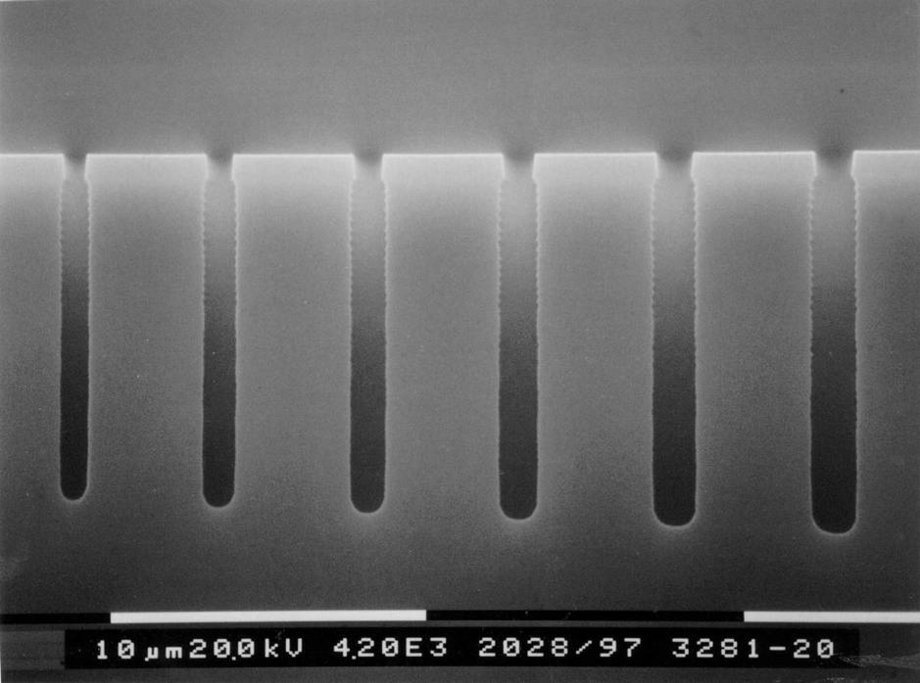
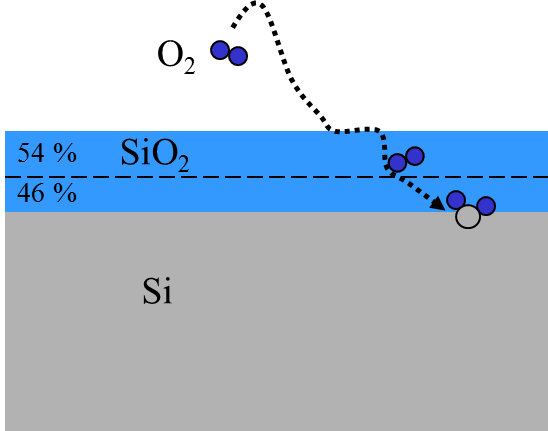
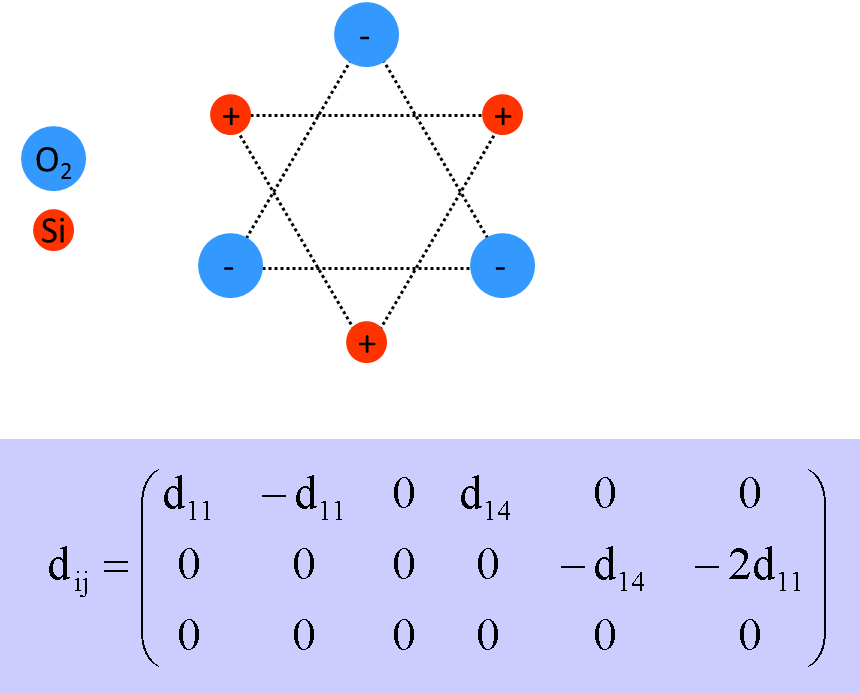
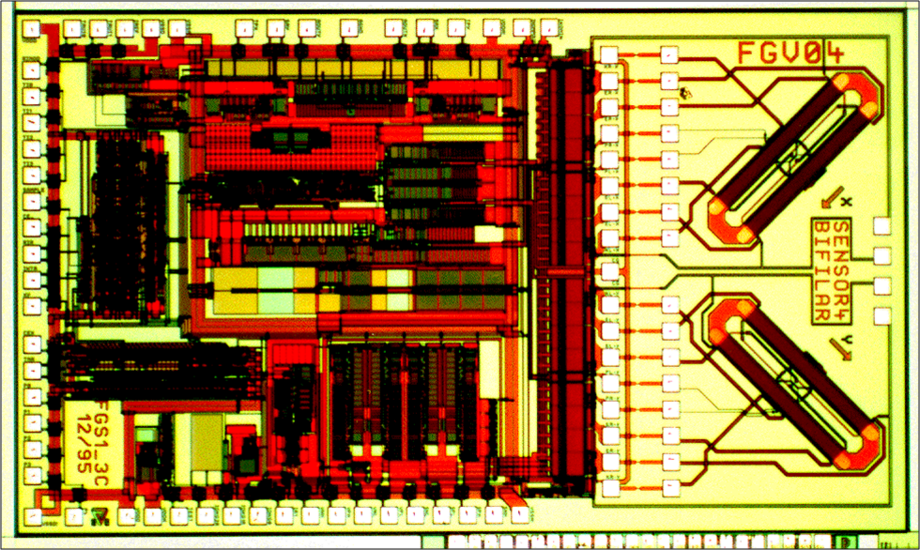
In the lecture, the physical principles and instrumentation of common measurement techniques are discussed. The focus is on optical measurement methods. As preparation for this the most important fundamentals of radiation and wave optics are repeated and complemented. In particular, the so-called Fourier formalism for description of optical systems and their quality is introduced.
In the section optical instruments, at first, microscopy is discussed more exhaustively and thoroughly on the basis of theoretical principles for contrast- and resolution-enhanced methods such as differential interference contrast and confocal microscopy. After conveying the principles and the system structure of diffractive spectroscopic systems interferometric methods are introduced. Here, the focus is on white light interferometry and laser vibrometry. The chapter concludes with covering the topic ellipsometry.
The second section deals with the electron-optical methods of scanning electron microscopy. The different interaction mechanisms between electron and matter, which are used for imaging including energy dispersive method (EDX), are the main focus.
In the third section of the lecture non-optical methods for surface characterization are discussed. Besides scanning probe microscopy there will be talked especially about the method of nanoindentation.
The lecture concludes with a brief consideration of the mechanisms that lead to noise, the modulation and demodulation technique for noise suppression and a presentation about correct indication of measured values, taking into account the error propagation law.
